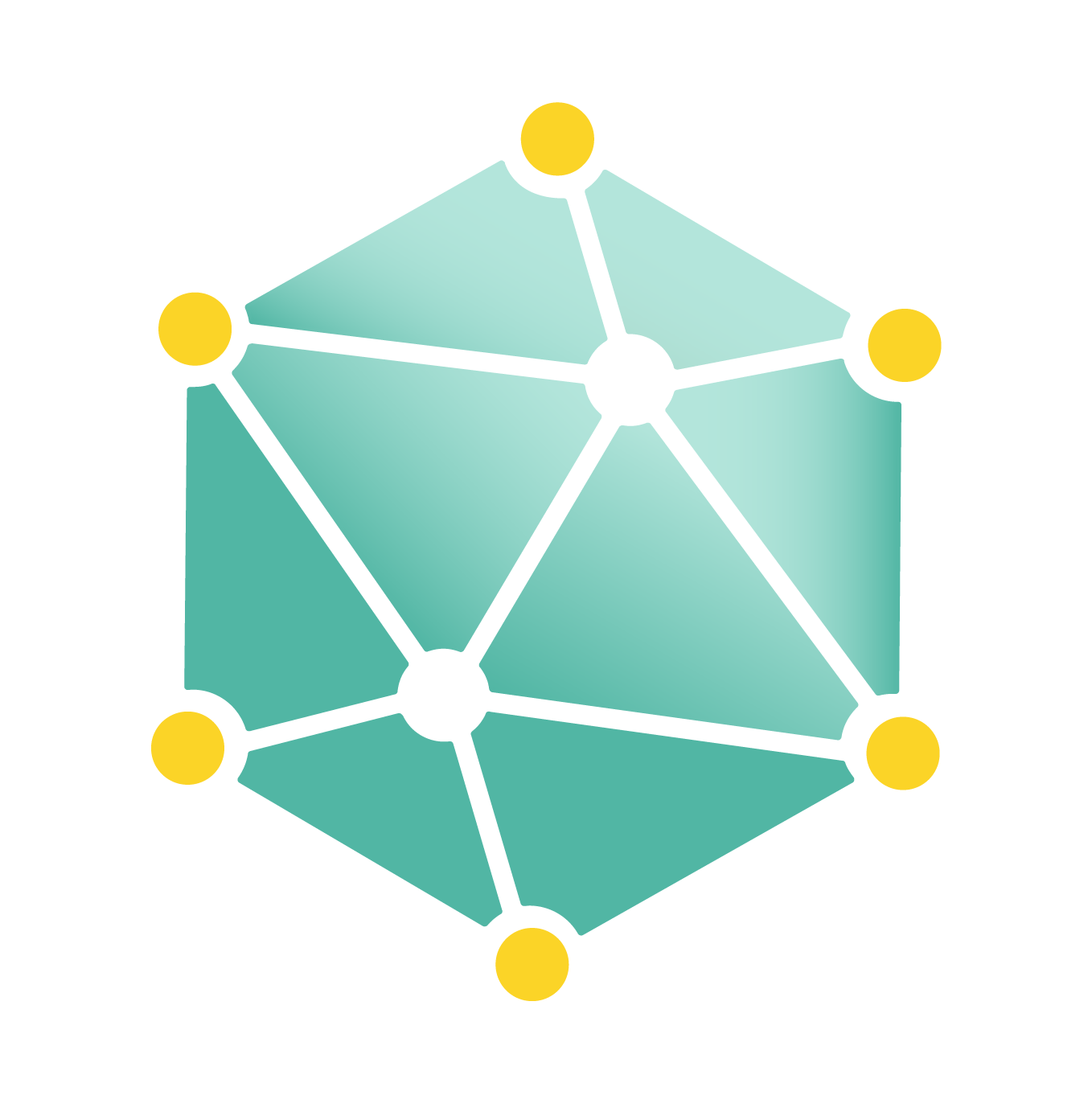You’ve probably heard people talking about Site Reliability Engineering (SRE) and wondered, “Wait… is that just software development with a cooler name?”
It’s a fair question — especially if you’re exploring career paths in tech or trying to understand how different roles in software development fit together.
The short answer? Yes, site reliability involves software development—but it’s a little more complex (and cooler) than that.
Let’s unpack what site reliability engineering really means, how it connects to software development, and why it’s become such an important role in modern tech teams.

1. What Is Site Reliability Engineering, Anyway?
Let’s start with the basics. Site Reliability Engineering, or SRE, is a discipline that focuses on keeping systems reliable, scalable, and available—without sacrificing speed or innovation.
Think of SREs as the guardians of digital systems. They make sure that websites, applications, and cloud services keep running smoothly—even when traffic spikes, bugs appear, or servers misbehave.
But here’s the twist: SREs don’t just fix problems manually—they write code to prevent problems in the first place. That’s where software development comes in.
So yes, SREs are software developers—but their main goal isn’t to build new features; it’s to make sure the system never crashes when someone else deploys a new feature.
2. Software Development Meets System Reliability
Here’s where things get interesting. Traditional software development is often focused on creating new applications, features, and tools that solve user problems or improve functionality.
In contrast, site reliability engineering applies software development principles to infrastructure and operations.
Instead of just writing code for features, SREs write code that:
- Automates infrastructure tasks
- Monitors system health
- Detects potential failures early
- Handles system scaling smoothly
- Recovers from outages without drama
In other words, SREs write code to make the system better, not just bigger. They build tools that help developers ship code faster without breaking things. That’s why you’ll often hear people say that SRE is DevOps with a developer’s mindset.
3. The SRE Toolbox: More Than Just Code
Just like any good software development role, SREs use a lot of tools—but their toolbox looks a little different from a frontend developer’s kit.
While a typical software developer might use HTML, CSS, and React, an SRE works with:
- Infrastructure-as-Code tools like Terraform or Ansible
- Monitoring systems like Prometheus, Grafana, or Datadog
- Container orchestration tools like Kubernetes or Docker
- Automation scripts in Python, Go, or Bash
- CI/CD pipelines to automate deployments and testing
But the goal is the same: write code that solves problems. Whether you’re building a user-facing feature or creating an automated system that prevents outages, it’s all part of modern software development.
4. Reliability Isn’t an Afterthought — It’s Engineering
In the past, system stability was usually handled by IT or ops teams, who manually restarted servers, fixed broken systems, and sent alerts when something crashed.
But that model doesn’t scale in today’s world. With thousands of users, cloud infrastructure, and frequent deployments, reliability has to be built into the system—just like any other feature.
That’s what SREs bring to the table: they treat reliability as a software engineering challenge, not a side job. They use data, automation, and software development practices to keep systems running like clockwork.
So no, site reliability isn’t just a support role—it’s a core part of modern software development.
5. SREs vs. Software Developers: What’s the Difference?
You might be thinking, “If SREs write code, how are they different from other software developers?”
Great question! Here’s a quick comparison to make it clear:
| Role | Primary Focus | Code Purpose |
|---|---|---|
| Software Developer | Building features and applications | Creating functionality for end-users |
| Site Reliability Engineer | Ensuring performance, uptime, and stability | Creating tools for infrastructure, monitoring, and automation |
So while both write code, SREs are more focused on reliability, performance, and scalability—the things that make users happy after the feature is launched.
That’s why companies like Google, Netflix, and Amazon have entire SRE teams—they know it’s not enough to build fast software. You have to keep it running, too.
6. Why SREs Are in High Demand (and Why It Matters for Software Development)
As businesses move more services to the cloud and release updates faster, the demand for SREs has skyrocketed.
Because nobody wants to click “Buy Now” and get a 404 error, right?
Companies now understand that good software development isn’t just about building—it’s about building things that last, scale, and perform well under pressure.
That’s why many modern development teams are structured like this:
- Software Developers: Build features
- SREs: Build reliability and operational excellence
And in many cases, those roles overlap, especially in DevOps cultures where developers are encouraged to take responsibility for the systems they build.
7. Should You Learn SRE If You’re in Software Development?
Absolutely! Even if you don’t plan to become a full-time SRE, understanding site reliability engineering makes you a better software developer.
You’ll write better, more efficient code. You’ll learn to think about system health, performance, and scalability. You’ll understand how your code behaves in real-world production environments—not just your laptop.
Plus, many hiring managers love developers who have some SRE knowledge, because it shows that you care about building things that actually work long-term.
Final Thoughts: Yes, Site Reliability Is Software Development — With Superpowers
So, is site reliability software development? Yes—100% yes. It’s just a different flavor of development, one that focuses on how software runs, scales, and survives in the wild.
SREs may not build flashy interfaces or shiny features, but they build the backbone of every reliable digital experience you enjoy. Without them, even the best features would fall flat under pressure.
Whether you’re a developer looking to level up, or a business trying to scale your software sustainably, SRE is a key part of the software development equation.
💡 Want to dive deeper into the world of site reliability and smarter development practices? Stay tuned — we’ve got more coming soon!



